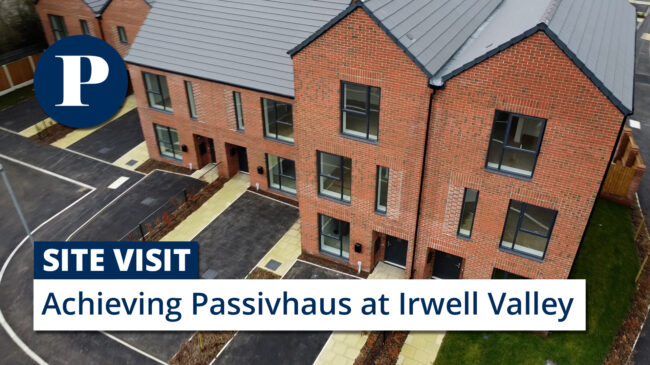NW in 2019 | Higher standards
Clayre Massey of Sheppard Robson looks at how university campuses should evolve in the future to promote good mental health among students.
As an architect, the start of a new academic year is a time of revelation, seeing our newly completed higher education projects occupied and in full use for the first time. Designing for human requirements is brought into sharp focus: our work suddenly jumps into life and fills with energy, with the details we deliberated and agonised over put to the test.
Sadly, by the end of July 2019, an average of 6% of first year students will have dropped out with an increasingly alarming number citing mental health problems as being the main reason. One of the main contributors is the student not finding the sense of belonging and acceptance that is key to making them feel secure and at home.
So as we head into next year, what more can be done in the way in which university campuses and student residences are designed to encourage good mental health?
Perhaps we should turn to other sectors such as the commercial built environment, where “wellness” is a now a commonly-used term, supported by new initiatives such as The Well Building Standard. This tool is a performance-based system for measuring, certifying, and monitoring features of the built environment that impact human health and wellbeing, through air, water, nourishment, light, fitness, comfort, and mind. Whilst the focus of this standard is on commercial built environment, I think we also need to think harder about promoting principles of wellbeing within spaces that students rely on, particularly student residences.
At the heart of this conversation about student experience and wellness is encouraging students to meet new people and get to know each other. As we look into 2019 and beyond, I passionately believe designers and operators should be more sensitive to creating opportunities for this, with physical space that prioritises interaction.
For example, at the first phase of Greenbank Student Village, which we recently completed at the University of Liverpool, spaces to gather were vital. The ground floor entrance welcomed students with a range of settings and openness and the quality of furniture and details were not basic or institutional but comfortable places to relax, work and socialise. This led us to rethink benchmarking for student residences and develop a Wellbeing Design Guide for student residences, which establishes best practice standards for natural light, use of colour and materials, guidance on social spaces and room design for accessibility and adaptability.
As well as internal spaces, it is important for students to familiarise themselves with the external grounds. Being outside improves mental wellbeing and encourages students to be more active and interactive. Therefore, it is equally important that universities should consider the design of their outdoor spaces as well as indoor spaces.
The solution for this issue, in my opinion, hinges on choice; creating spaces where students have private space but also opportunities to be part of a community. Student residences may conjure up efficiently stacked rooms and long corridors but promoting interaction has a bigger part to play in shaping the next generation of student homes. This involves more thought than just providing a kitchen; a rethinking of how the design of students’ homes can bring people with a multitude of backgrounds together in smarter ways.
The North West in 2019 series features guest contributors looking ahead to next year and will be published throughout December. Interested in taking part? Email a synopsis to jessica@placenorthwest.co.uk




